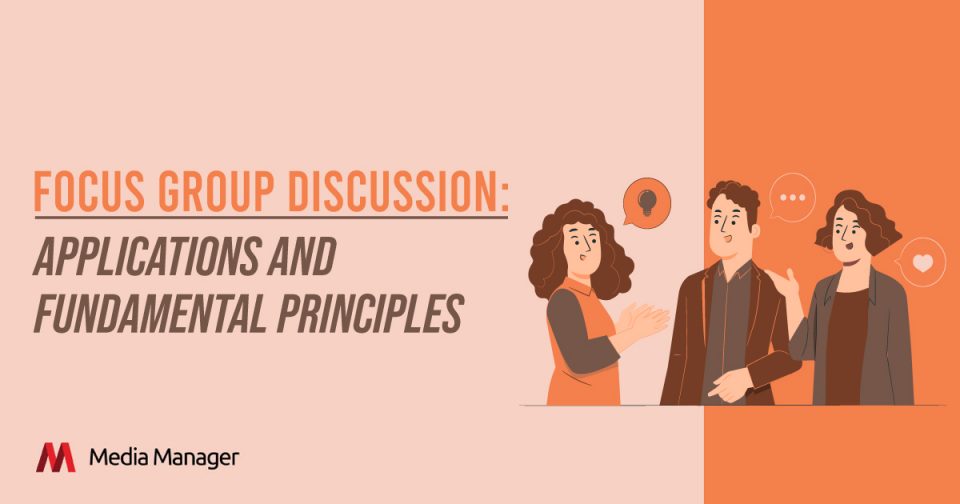
Should You Outsource Your Focus Group Planning?
January 6, 2023Nothing beats a business that knows its consumers well.
By understanding its target audience deeper, enterprises can provide better products and services, drive relevant traffic, and stay on top of the competition. To do so, one beneficial step is to perform market research through data collection methods with the help of marketing firms.
Qualitative research is a type of research that includes four popular methods: Record Keeping, Participant Observation, Interviews, and Focus Group Discussion (FGD).

Getting to Know the Four
Here’s a quick explanation of the 4 popular qualitative research methods.
1. Record Keeping
A typical, easy, and hassle-free method in qualitative research focused on making the most of the existing information from libraries, articles and other reliable sources.
2. Participant Observation
It is a long-term data collection method in which researchers obtain data by immersing themselves in the day-to-day lives of their participants.
3. Interview
It’s another widely used method conducted through the one-on-one exchange of questions and answers. This method is usually used in several settings, like schools, news coverage, and business setups.
4. Focus Group Discussion
The last of the four is FGD, which involves carefully selected group members for a discussion revolving around a central theme. In this method, more comprehensive insights can be gathered and analysed. It also presents a lot of benefits, including interaction and open exchanges for the participants and researchers.

What Makes Focus Groups Advantageous for Qualitative Research
Without adequate research, businesses would have a difficult time catching up with rapid changes in technology and consumers’ buying behaviour. Today, data collection through indirect means, such as website cookies, is a vital part of businesses with a digital presence.
But indirect quantitative methods cannot cover everything, at least not to the extent of answering open questions. The very reason why market research focus groups exist is to fill in this need.
As mentioned earlier, focus groups on qualitative research has a lot of advantages, which include the following:
1. Sufficient Interaction
Record keeping, participant observation, and interviews, all lack the wholesome yet in-depth interaction that’s only attainable in FGD.
In FGDs, each participant is asked not only to answer the facilitator’s questions, but also to interact and discuss with other participants, resulting in interactions that may elicit more of their thoughts and suggestions.
2. Comfort
A group conversation would be more comfortable in most settings compared to interviews. This usually happens among pre-existing groups due to their shared experience.
Comfort is also easier to attain even with total strangers, according to a study by Behavioural Science Professor Nicholas Epley.
In addition, anonymity of the data is part of FGD ethics that would assure each participant can maintain their confidentiality and private details that are not related to the study.
3. Location Flexibility
The most essential purpose of FGD is the discussion itself, which currently, can be done anywhere.
While the traditional method of doing FGDs is the physical, face-to-face method, where sessions require the participants and facilitator to be in the same room. Nowadays, video conferencing platforms are available for personal and professional use, including FGD.
In short, technology has made remote sessions from any location possible. It can also be done with other methods, but not in a way that gives them an advantage against FGDs.

Learn More About How FGDs Can Be Beneficial For Your Research
Through the given methods, market research firms gather enough data that businesses could use for their marketing or other plans. Most importantly, FGD may be the best option if you’re interested in getting an entire context, special follow-up, or even address a specific issue.
To know more about your market through effective focus group marketing, get in touch with us, Media Manager, a leading market research agency based in Singapore. Know more about our services by sending us a message in our website.



